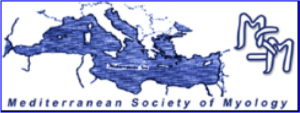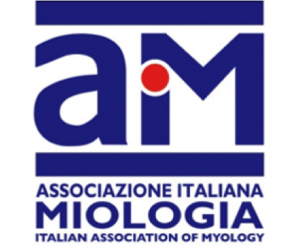Bcl2-associated athanogene 3 (BAG3) is a multifunctional cochaperone responsible for protein quality control within cells. BAG3 interacts with chaperones HSPB8 and Hsp70 to transport misfolded proteins to the Microtubule Organizing Center (MTOC) and degrade them in autophagosomes in a process known as Chaperone Assisted Selective Autophagy (CASA). Mutations in the second conserved IPV motif of BAG3 are known to cause Dilated Cardiomyopathy (DCM) by inhibiting adequate removal of non-native proteins. The proline 209 to leucine (P209L) BAG3 mutant in particular causes the aggregation of BAG3 and misfolded proteins as well as the sequestration of essential chaperones. The exact mechanisms of protein aggregation in DCM are unknown. However, the similar presence of insoluble protein aggregates in Charcot-Marie-Tooth disease type 2 (CMT2) induced by the proline 182 to leucine (P182L) HSPB1 mutant points to a possible avenue for future research: IPV motif. In this review, we summarize the molecular mechanisms of CASA and the currently known pathological effects of mutated BAG3 in DCM. Additionally, we will provide insight on the importance of the IPV motif in protein aggregation by analyzing a potential association between DCM and CMT2.






